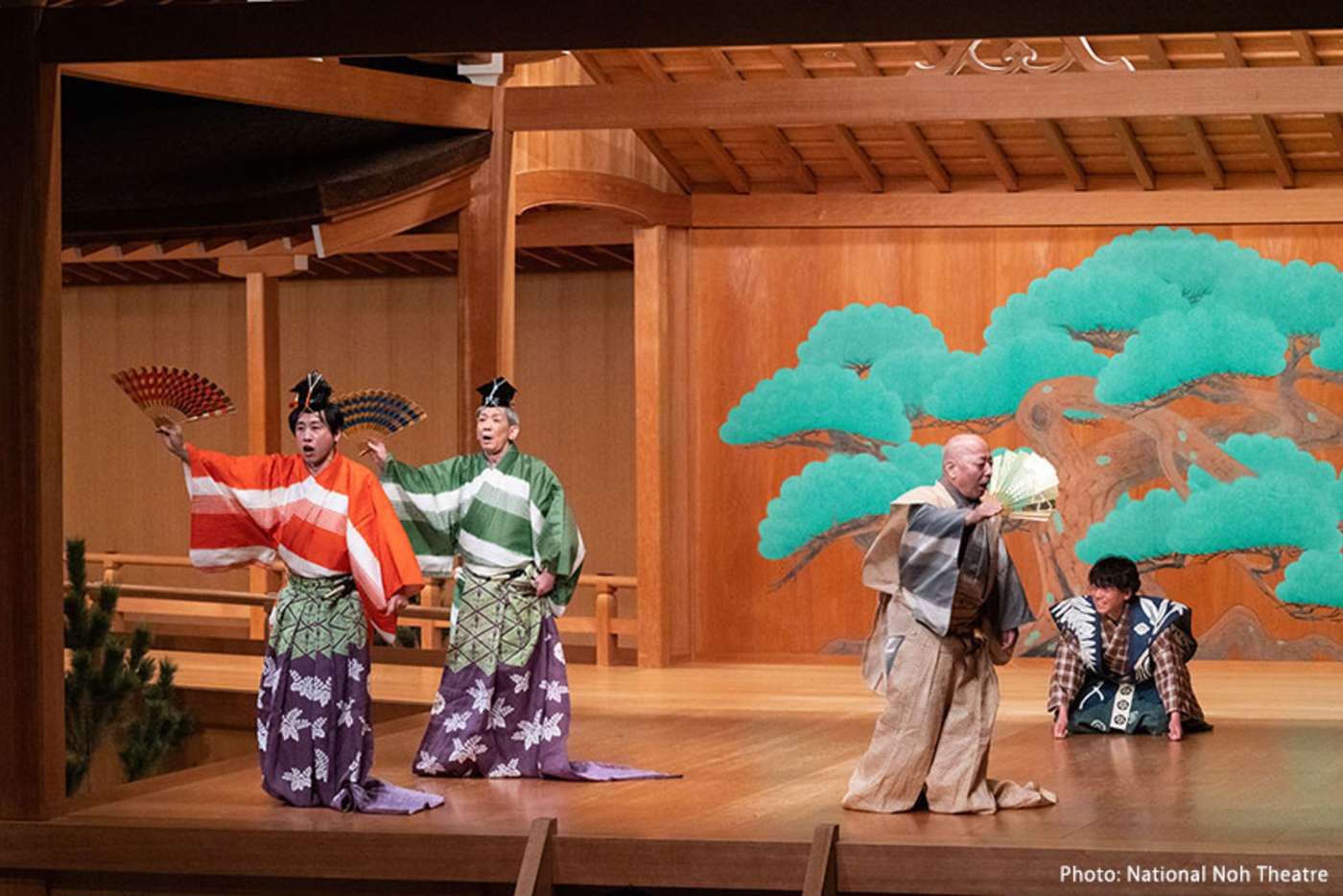
Japanese performing arts weave an intricate cultural tapestry that has enthralled audiences for centuries. In this guide, in addition to tips on buying tickets and etiquette, we’ll introduce three major forms of Japanese drama. Kabuki, a vivid blend of drama, music and dance, mesmerizes with its elaborate costumes and dynamic storytelling. Noh, ancient masked theater, captivates through its subtle movements and profound narratives, rooted in spiritual themes. The art of Bunraku brings historical tales to life, astonishing with its puppeteer mastery.
Approaching Japan’s dramatic history of performance
Japanese performing art forms reflect Japan's heritage, embodying its aesthetics and philosophies. While their storytelling may be mystifying at first, taking the time to unravel these arts will amplify your Japanese cultural experience.

Powerful song, evocative dance and talented acting drive Japanese Kabuki drama. ©Japan Cultural Expo
Through a breakdown of Kabuki, Noh and Bunraku theater, this guide will introduce information on buying tickets, choosing the Japanese performing art best for you, alongside other tips regarding intermission snacks, etiquette and style at Japanese theaters.
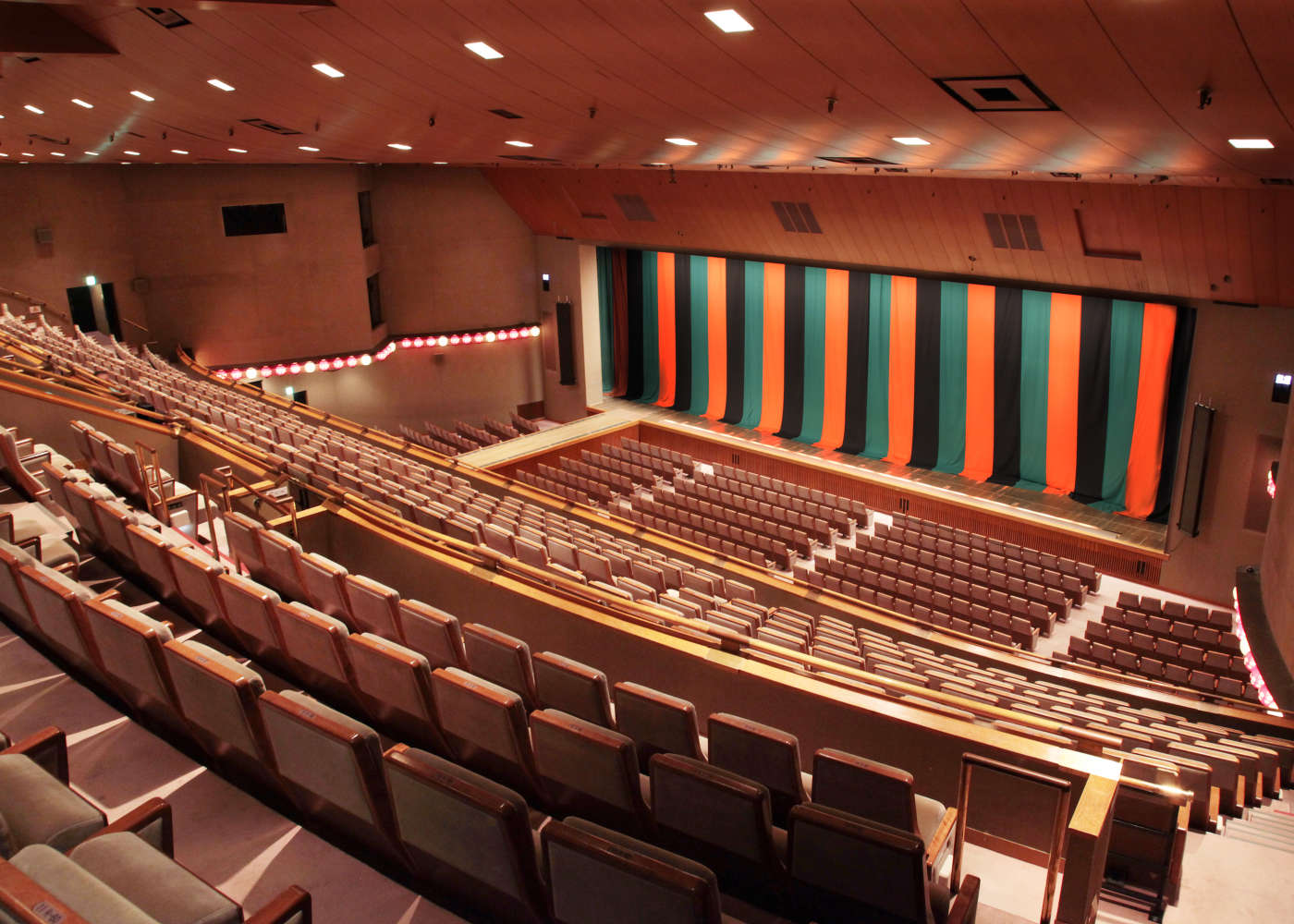
The National Theatre is an institution for dramatic performance. ©National Theatre
In closing, we’ll introduce the Japan Cultural Expo, an exciting series of live events that promises a deeper dive into these treasures, showcasing Japan’s artistic legacy and encouraging global cultural exchange.
Introducing Kabuki and where to buy tickets
Kabuki was established in the early 17th century and transports audiences to a realm of historical tales, love sagas and moral dilemmas through a vibrant blend of song, Kabuki dance and incredible acting. If you’re new to Japanese performing arts, Kabuki is a great place to start. To choose a play, consider themes that resonate; from historical epics to contemporary pieces, Kabuki offers a wide range. If you’re still unsure, the three famous masterpieces of Sugawara Denju Tenarai Kagami, Kanadehon Chushingura and Yoshitsune Senbon Zakura are a great place to start, while different plays are also available in each season.
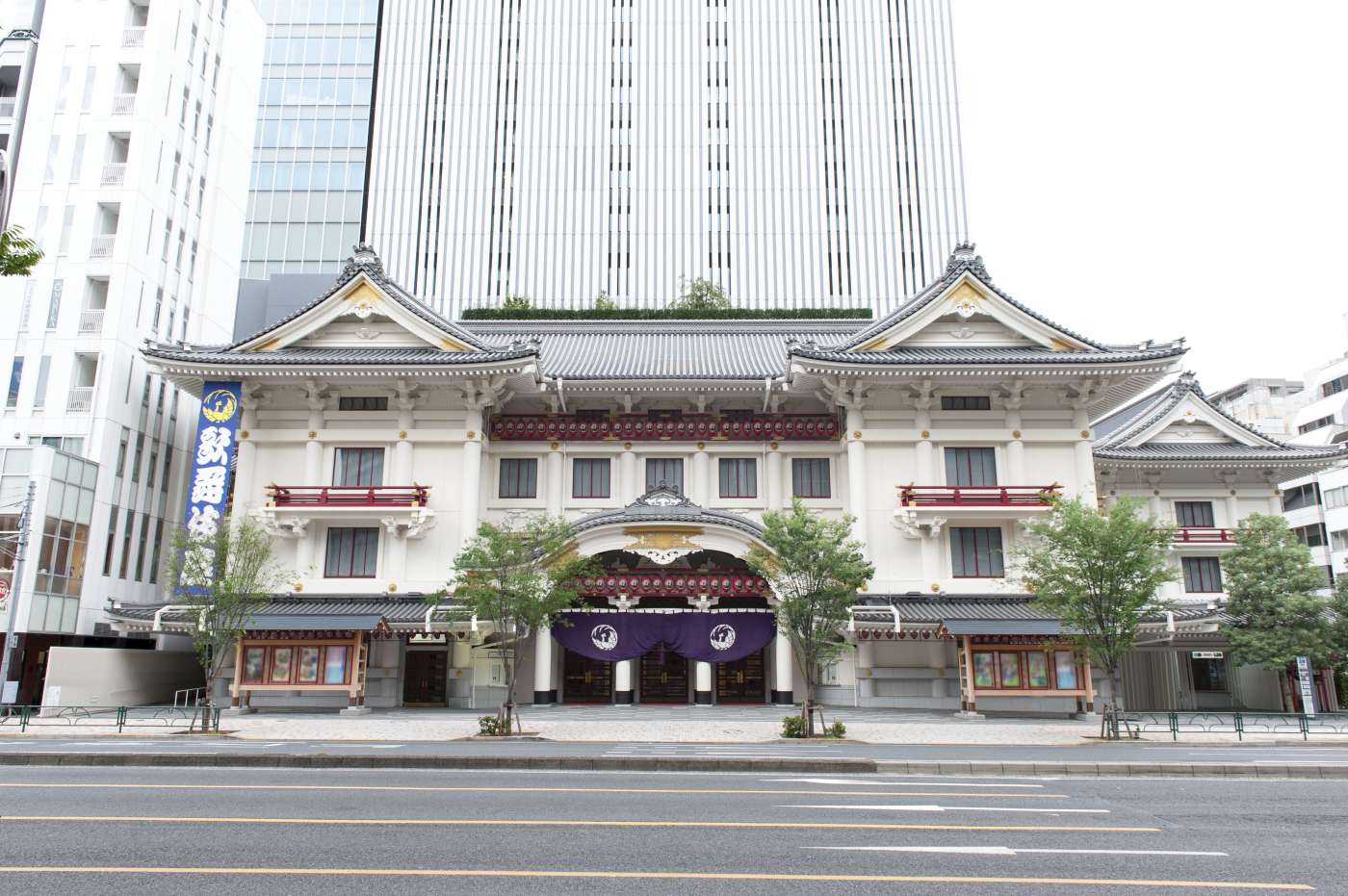
The storied Kabukiza Theatre is located in Central Tokyo’s Ginza area.
Visitors to Japan can conveniently purchase tickets online through the official Kabuki website, which covers a number of famous theaters, including Tokyo’s Kabukiza. Also, the National Theatre website offers tickets for sale, including Kabuki and other Japanese performing arts. Many theaters also offer English guides, and if a full performance is too much of a commitment, you can also choose to just view one act, which is a bit more affordable and not as long. Whether seeking traditional or innovative performances, Kabuki delivers an intimate experience with Japan's cultural heritage.
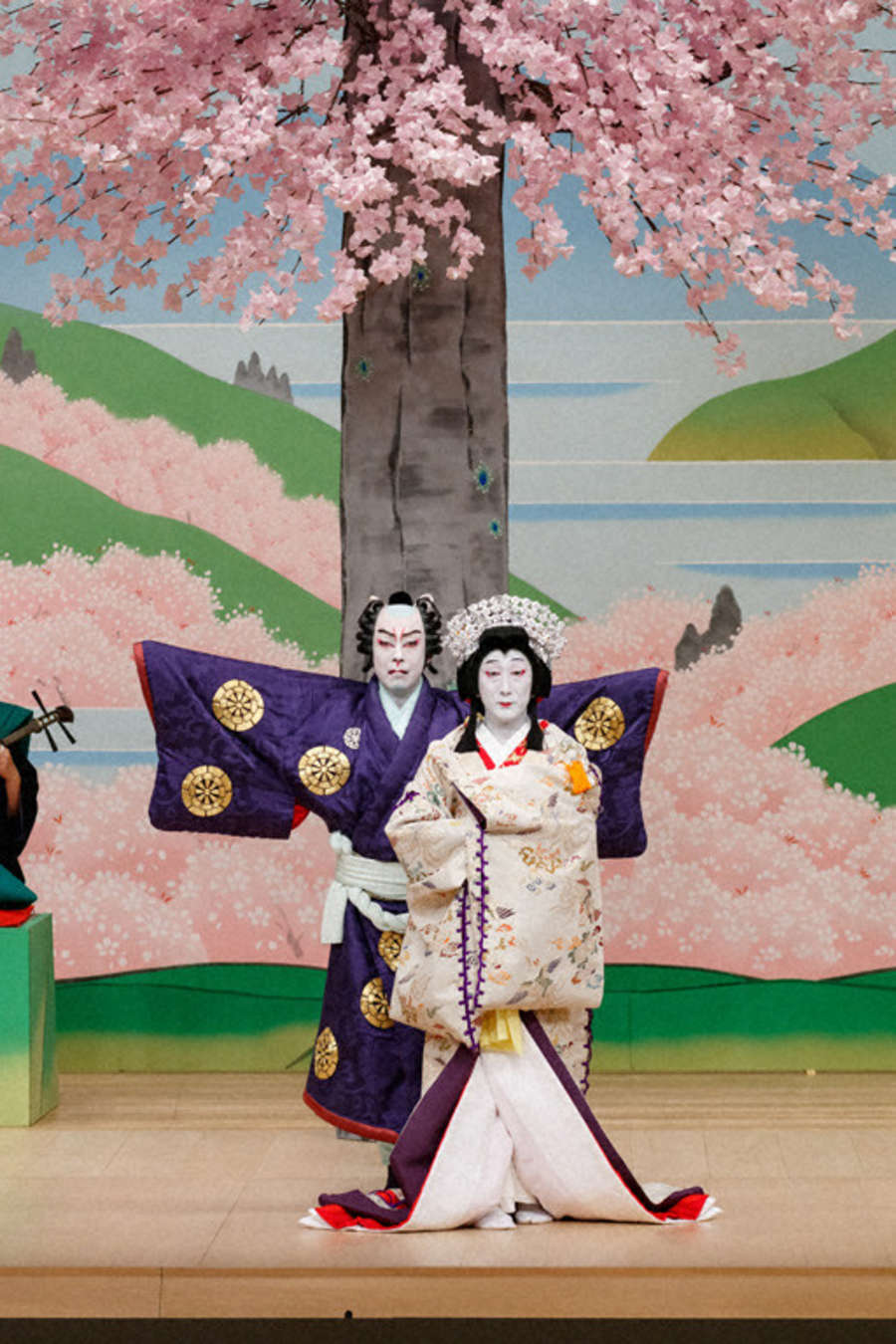
Kabuki classic Yoshitsune Senbon Zakura as performed at the National Theatre. ©National Theatre
The elaborate masks of Noh theater and Japanese style
Noh theater employs minimalist elements to convey profound stories, and the intricate hand-carved masks can express infinite emotions and identities. Noh performances are captivating year-round, yet considering the thematic nuances of each season – spring cherry blossoms, summertime celebrations and autumn hues and moon views all come to mind – will add depth to your Noh viewing experience.
Noh is a spectacle, and viewing at a location like the National Noh Theatre provides an old-school Japanese experience unlike any other. Tickets can be bought over the counter or online at the theater’s website, with a number of options for English-speaking visitors.
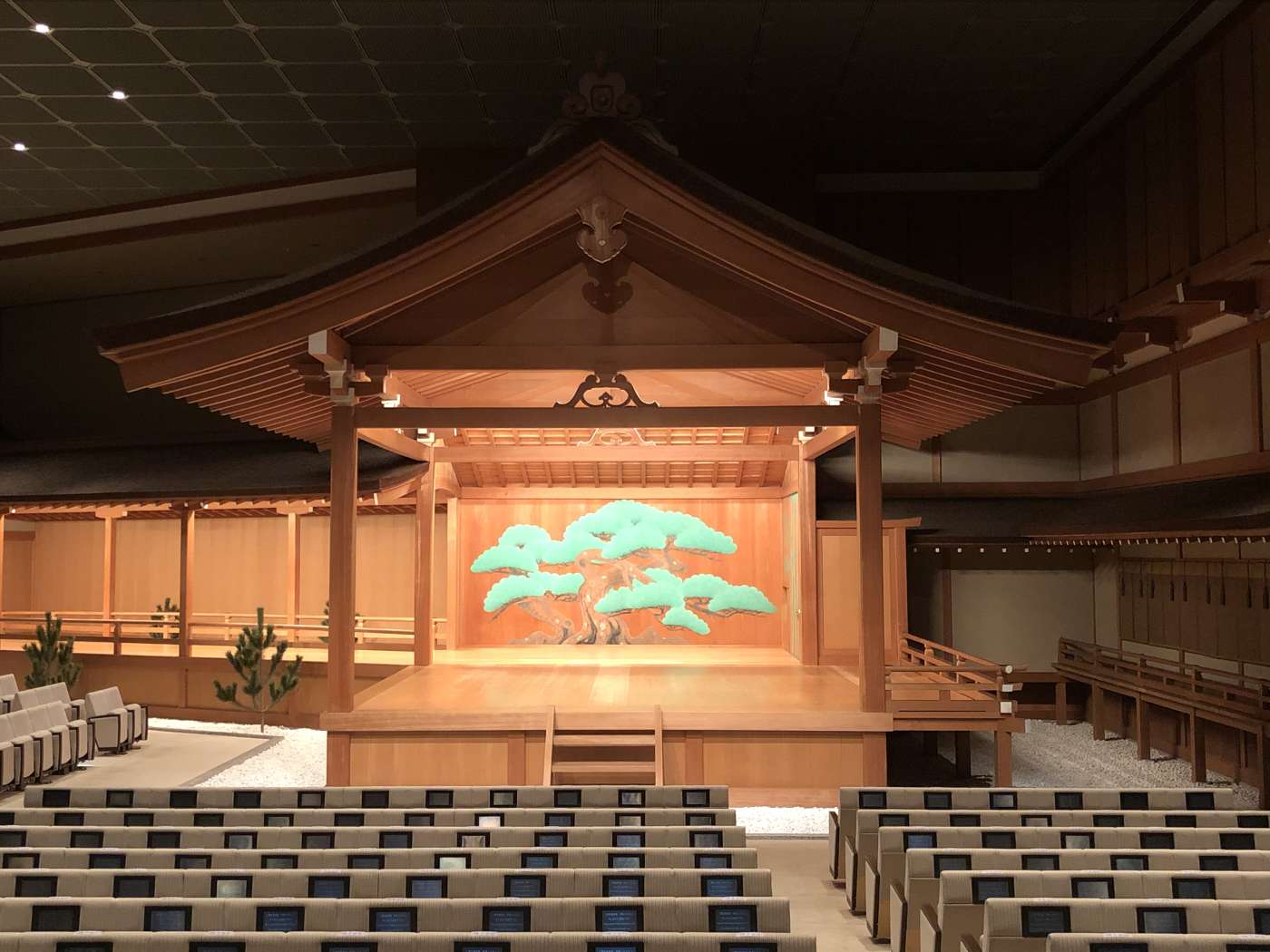
Noh theater offers a glimpse into a subdued world of Japanese aesthetics. ©National Noh Theatre
Noh theater offers a window into Japan's cultural essence, with rich artistry encapsulated in every bespoke mask and costume. With this in mind, Noh performances are best viewed with an appreciation of the interplay between symbolism and aesthetics.
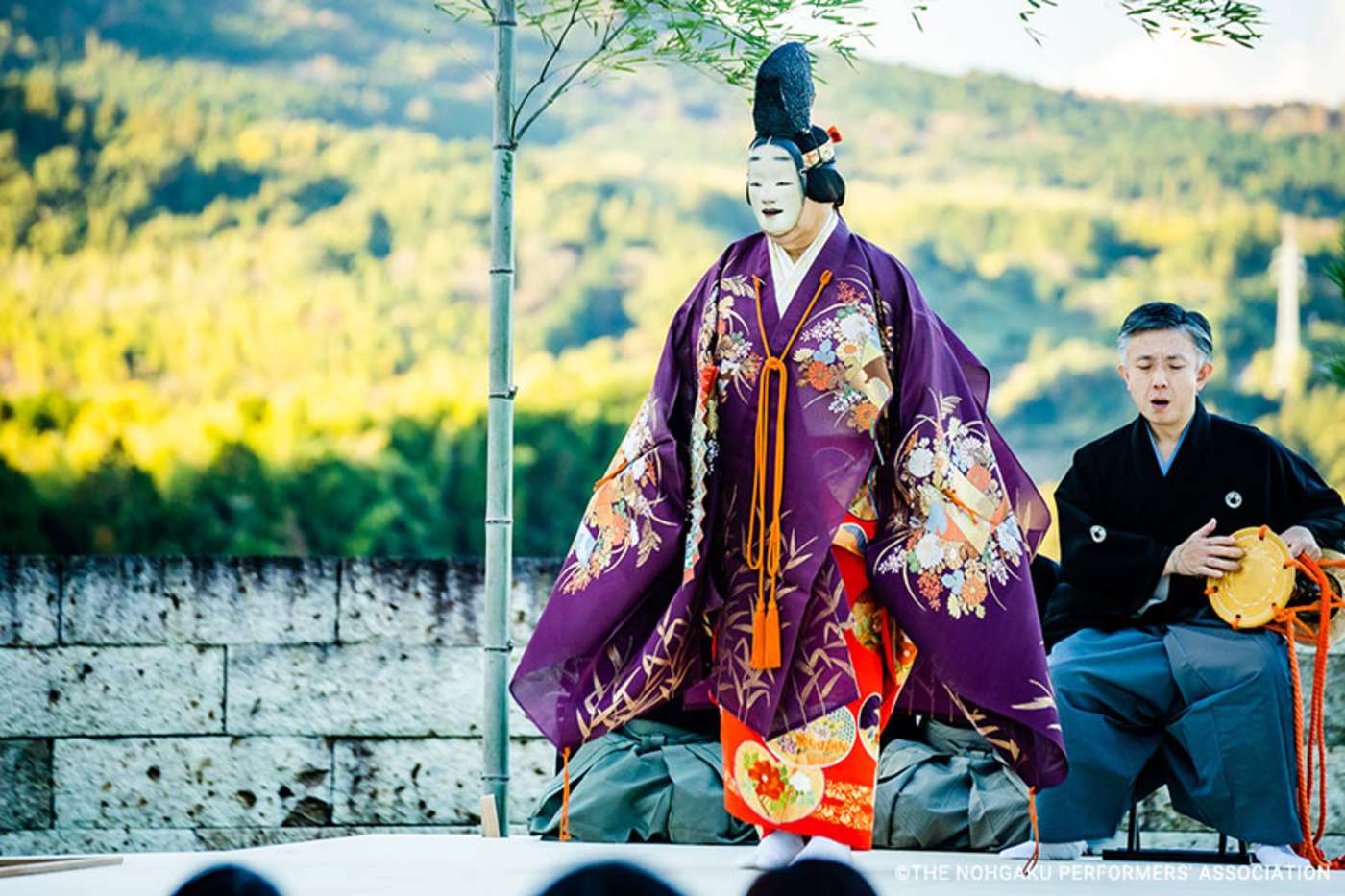
Noh performances are a vibrant introduction to Japanese theater. ©The Nohgaku Performers' Association
Japanese Bunraku theater: Narratives come to life
Bunraku, a mesmerizing form of puppetry dating back to the 17th century, brings narratives to life with remarkable realism. This art form melds puppetry, music and storytelling, with skilled puppeteers seamlessly intertwining into the narrative. Each season showcases a diverse repertoire of Bunraku performances, each resonating with timeless tales.
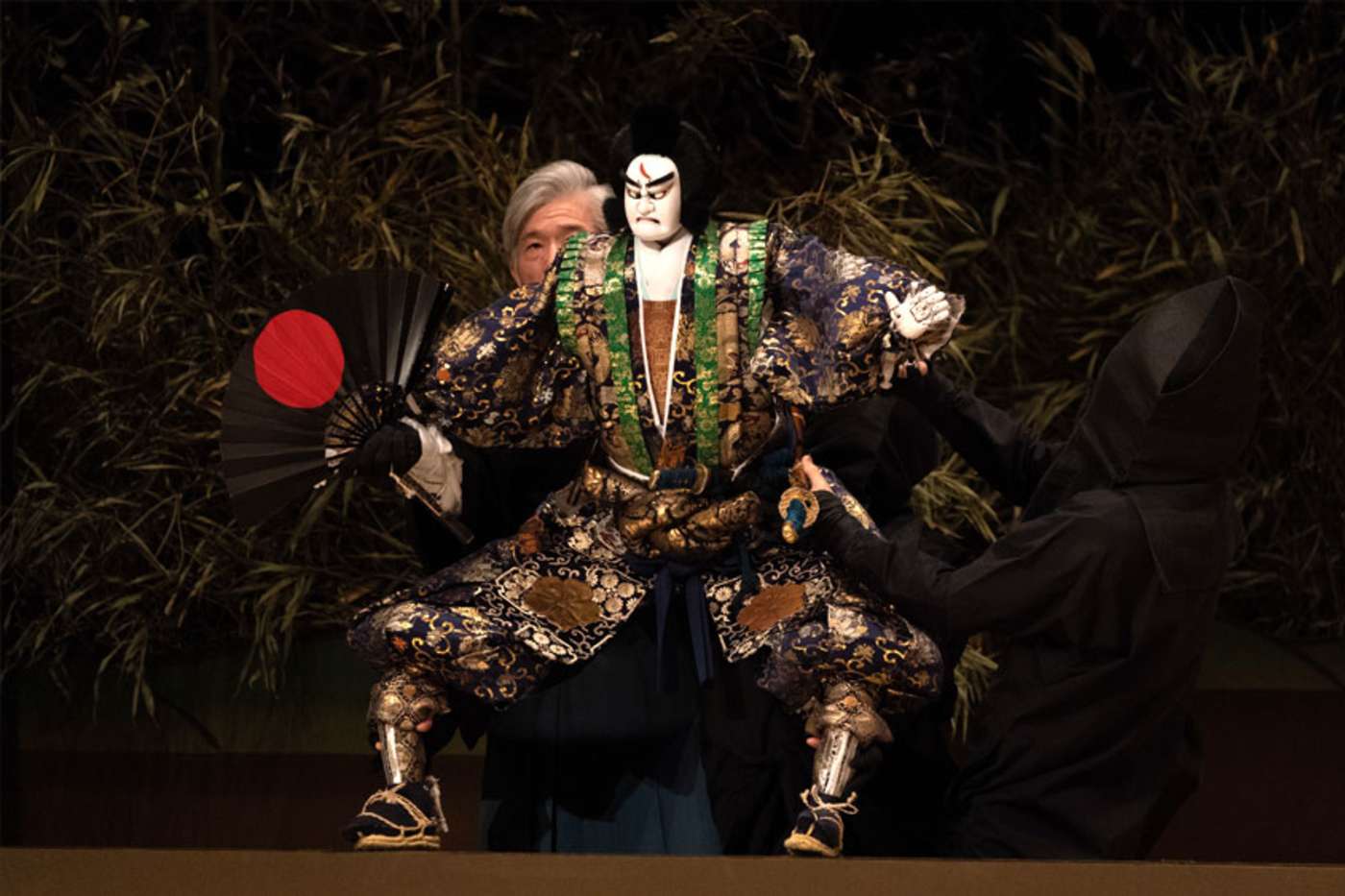
Puppeteers manipulate beautiful Bunraku puppets in intricate performances. ©National Theatre
Similar to other performing arts, tickets are available online or at the ticket window on the day of the performance. English audio guides are often available for a small additional fee, and they’re recommended for first-time viewers to appreciate Bunraku’s nuances.
General etiquette tips at the Japanese theater
For all forms of traditional Japanese theater, while there isn’t a particular dress code, decent dress and footwear are recommended, and taking the opportunity to wear a kimono could amplify the experience as you embrace the nostalgia. Etiquette tips at the theater include not taking photos, using cellphones, talking, or eating and drinking during the performances. During intermissions, attendees often enjoy Japanese bento boxes as a meal, further immersing themselves in the cultural experience.
New and exciting events introduced through the Japan Cultural Expo
If you’re considering a visit to Japan, you can first embark on a captivating journey into the country's artistic heritage through the Japan Cultural Expo. The expo’s goal is “to encourage people worldwide to discover the charm of Japanese arts and culture through cultural content.” The initiative introduces must-see art and cultural hotspots across Japan, as well as a platform you can explore as a comprehensive guide to Japanese performing arts. This provides in-depth views of different theaters around Japan and a list of upcoming events, including Kabuki, Noh, Bunraku and more.
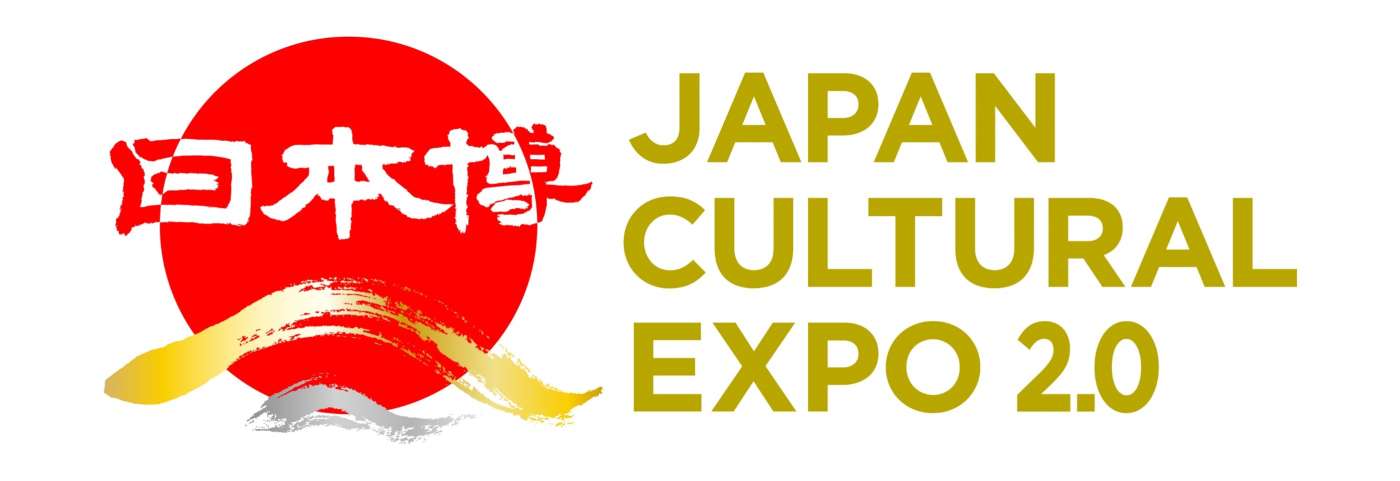
©Japan Cultural Expo
To encourage visitors to explore the inspiring world of Japanese performing arts live in person, there are lots of videos to watch on the site, as well as an event search function that connects to ticket offers for performing arts, with full English language support. Check out the Japan Cultural Expo to arrive in Japan well-prepared, ready to appreciate the country’s creative soul and make your visit a profound exploration of Japan’s artistic legacy.
-
About the author
Author: Caleb DeMarais
Profile: Caleb DeMarais hails from the USA but has called Japan home for nearly 15 years. Whether knee deep in Japanese onomatopoeia, dissecting traditional craftsmanship or trying his best at rakugo puns, a fascination with everything Japan inspires his work as a writer and translator.





















































